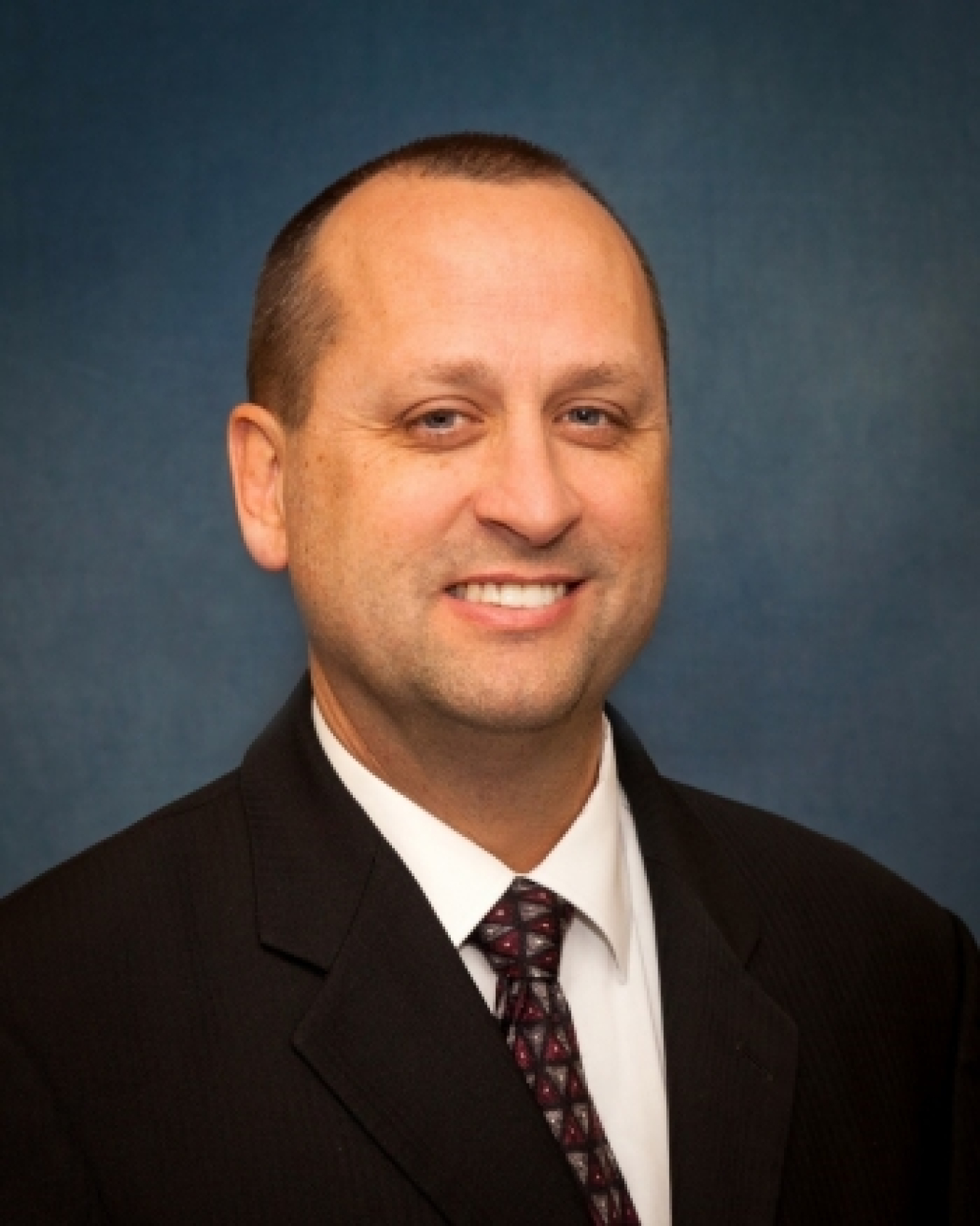The EM complex is in a transformational period as long-term construction projects will soon shift to operations.
Office of Environmental Management
September 15, 2020WASHINGTON, D.C. – The EM complex is in a transformational period as long-term construction projects will soon shift to operations to tackle the Department’s most challenging environmental risk — radioactive waste stored in underground tanks, EM Principal Deputy Assistant Secretary Todd Shrader said during a conference address last week.
“What we’re seeing now is the result of a lot of hard work from a lot of people over the last decade or longer, bringing these facilities online,” Shrader said. “This coming decade, we should see a significant amount of tank waste treated around the complex.”
Held virtually this year due to the COVID-19 pandemic, the three-day RadWaste Summit is a forum to discuss the management and disposition of radioactive waste.
Shrader said the Salt Waste Processing Facility at the Savannah River Site should begin operations in the near future. By 2030, it is expected that nearly all salt waste inventory at SRS will be processed and nearly half of the site’s underground waste tanks — 22 of 51 — will be closed.
“It will be an exciting decade at Savannah River,” Shrader said.
The Hanford Site is making strides with the Direct-Feed Low-Activity Waste (DFLAW) approach for treating tank waste. Central to the effort is the Low-Activity Waste Facility, which is nearing completion of construction, Shrader said. He added that a number of support facilities have already been commissioned.
“We’re really happy about the progress we’re making out there,” Shrader said. “This is a high priority for the Department.”
Shrader also noted that the Integrated Waste Treatment Unit at the Idaho Site is progressing toward commissioning.
“Once that’s up and online, another facility will treat a very significant portion of waste at Idaho,” he said.

Shrader highlighted ventilation and other infrastructure project advancements at the Waste Isolation Pilot Plant (WIPP), a waste repository key to cleanup at Idaho, Hanford, SRS, and Oak Ridge. He discussed the construction of a new utility shaft that will be WIPP’s largest shaft at 26 feet in diameter, reaching 2,275 feet underground when completed.
“The utility shaft itself is very important. It will aid in ventilation,” Shrader said.
Another big victory, Shrader said, will take place at Oak Ridge, which is set to complete the long-running Vision 2020 effort to finish deactivation and decommissioning activities at the East Tennessee Technology Park (ETTP).
“Great work by the teams out there getting us to this point,” Shrader said. “It allows us to transition land to productive uses for the local community.”
He added that the highly skilled workforce at ETTP will transition to cleanup at the Y-12 National Security Complex and Oak Ridge National Laboratory, where workers will take down older, excess facilities in support of DOE Office of Science and National Nuclear Security Administration missions.
Shrader also noted progress at the Moab Uranium Mill Tailings Remedial Action Project, Brookhaven National Laboratory, and the Energy Technology Engineering Center (ETEC). At ETEC, EM crews have knocked down eight of 10 buildings set for demolition.
“We continue to make progress across the complex right now, both at our large sites and our small sites,” Shrader said.
In his address, Shrader also focused on EM’s response to the global pandemic, noting that EM sites moved to an essential mission critical operations posture starting in March.
EM developed a framework to transition between the phases of operations during the pandemic, and since then, all EM sites have at least moved into Phase 1 restart activities and some sites have been able to progress to Phase 2. Shrader discussed best practices and protocols on returning to work that EM has developed, along with coordination on supply chain data, personal protective equipment, and other items needed for operations.
View Shrader's full RadWaste Summit address here.

